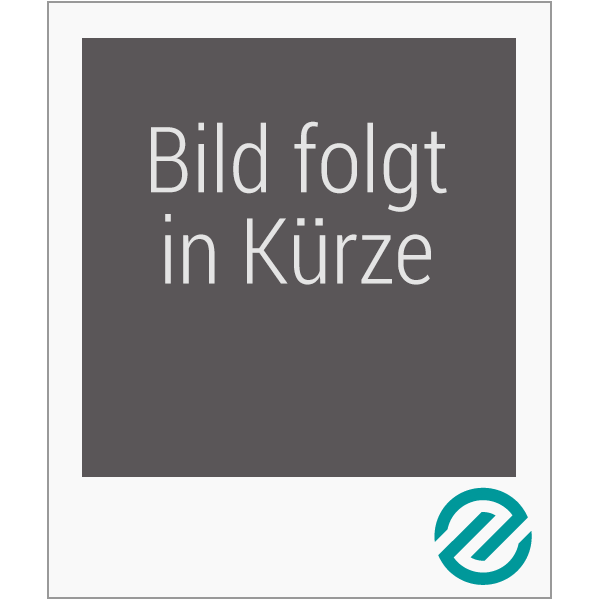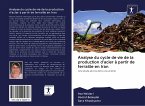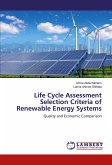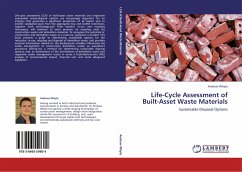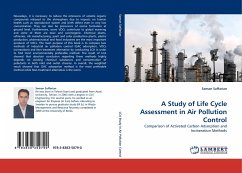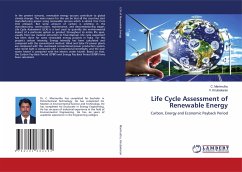A large amount of iron waste is produced that its use in the steel industry could be economical. The purpose of this study was to investigate the environmental impacts of the steelmaking from iron scrap using a life cycle assessment (LCA) method. Environmental burdens were quantified using ReCiPe, Cumulative Energy Demand (CED), Intergovernmental Panel on Climate Change (IPCC) and, water footprints (WF) methods. The results of the ReCiPe method showed that the terrestrial ecotoxicity and marine ecotoxicity had the most significant environmental impact values. The lowest environmental impact amounts of this process were obtained for mineral resource scarcity and human carcinogenic toxicity. The CED and the total water footprint of one ton of steel ingot were 73393 MJ and 19.5 m3. It can be concluded that the use of iron scrap as a raw material in the process of steelmaking instead of iron ore has reduced human toxicity and mineral resource consumption.
Hinweis: Dieser Artikel kann nur an eine deutsche Lieferadresse ausgeliefert werden.
Hinweis: Dieser Artikel kann nur an eine deutsche Lieferadresse ausgeliefert werden.

